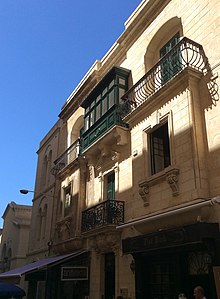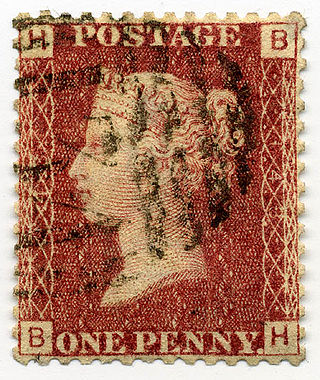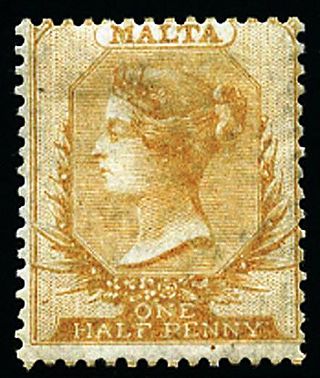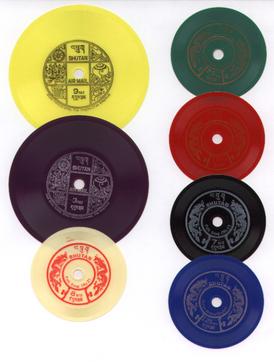

A postal museum is a museum dedicated to the display of objects relating to the postal service. A subcategory of postal museums are philatelic museums, which focus on philately and postage stamps.


A postal museum is a museum dedicated to the display of objects relating to the postal service. A subcategory of postal museums are philatelic museums, which focus on philately and postage stamps.












Philately is the study of postage stamps and postal history. It also refers to the collection and appreciation of stamps and other philatelic products. While closely associated with stamp collecting and the study of postage, it is possible to be a philatelist without owning any stamps. For instance, the stamps being studied may be very rare or reside only in museums.

A postage stamp is a small piece of paper issued by a post office, postal administration, or other authorized vendors to customers who pay postage. Then the stamp is affixed to the face or address-side of any item of mail—an envelope or other postal cover —which they wish to send. The item is then processed by the postal system, where a postmark or cancellation mark—in modern usage indicating date and point of origin of mailing—is applied to the stamp and its left and right sides to prevent its reuse. Next the item is delivered to its address.

Indian postal systems for efficient military and governmental communications had developed long before the arrival of Europeans. When the Portuguese, Dutch, French, Danish and British conquered the Marathas who had already defeated the Mughals, their postal systems existed alongside those of many somewhat independent states. The British East India Company gradually annexed the other powers on the sub-continent and brought into existence a British administrative system over most of modern-day India, with a need to establish and maintain both official and commercial mail systems.

A personalised (or personalized) stamp is a postage stamp on which, for a fee, an image and/or text of the purchaser's choosing may be placed. The stamps vary from country to country, and while some are normal stamps with a personalised label on the left attached by perforations, elsewhere the stamps are more properly regarded as one-piece personalised meter stamps with a colourful design next to the indicia. Stamps produced by Zazzle.com for the United States, for instance, are one-piece, self-adhesive with die cut margins to emulate perforations, and visually very similar to normal United States postage stamps, except for the addition of an information-based indicia (IBI) encoded by little black and white squares along one edge. A serial number appears next to the IBI.

The Mauritius "Post Office" stamps were issued by the British Colony Mauritius in September 1847, in two denominations: an orange-red one penny (1d) and a deep blue two pence (2d). Their name comes from the wording on the stamps reading "Post Office", which was soon changed in the next issue to "Post Paid". They are among the rarest postage stamps in the world.

MaltaPost p.l.c. is the postal service company in Malta. The public limited company took over the postal services previously carried out by Posta Limited, and started operating on 1 May 1998.

The postal history of Malta began in the early modern period, when pre-adhesive mail was delivered to foreign destinations by privately owned ships for a fee. The earliest known letter from Malta, sent during the rule of the Order of St John, is dated 1532. The first formal postal service on the islands was established by the Order in 1708, with the post office being located at the Casa del Commun Tesoro in Valletta. The first postal markings on mail appeared later on in the 18th century.

The Philatelic and Numismatic Office of the Vatican City State, managed by Poste Vaticane, is responsible for issuing Vatican postal stamps and Vatican coins.

The postage stamps and postal history of Israel is a survey of the postage stamps issued by the state of Israel, and its postal history, since independence was proclaimed on May 14, 1948. The first postage stamps were issued two days later on May 16, 1948. Pre-1948 postal history is discussed in postage stamps and postal history of Palestine.

The postal history of San Marino can be traced to October 7, 1607, with the introduction of public postal services. The republic's postal needs were handled by a post office in nearby Rimini, Italy; the first San Marino post office opened in 1833.

The first postage stamps of Bhutan were issued in 1962, the same year that the first motorable road was opened. Before that there was a mail delivery system in place for official mail using mail runners, and between 1955 and 1962 revenue stamps were accepted as payment for internal mail. With the opening up of Bhutan in the early 1960s, a formal postal system was introduced.

Correos de Costa Rica is the national postal service of Costa Rica.

This is a survey of the postage stamps and postal history of Liechtenstein.

This is an article about the postage stamps and postal history of the Sovereign Military Order of Malta.

This is a survey of the postal history and postage stamps of Thailand.

The Halfpenny Yellow is the first postage stamp issued by the Crown Colony of Malta. Depicting Queen Victoria, it was only valid for local postage and it was originally issued on 1 December 1860. It was the only stamp issued by Malta for two and a half decades, and during this period various reprints were made with differences in colour shade, perforation and watermark. When control of Malta's postal service was transferred to the island's colonial government on 1 January 1885, the stamp was withdrawn and it was replaced by a set of definitive stamps.

The St Paul's Shipwreck 10/- black is a postage and revenue stamp issued by the Crown Colony of Malta on 6 March 1919, and it is generally considered to be the country's rarest and most expensive stamp. It is rare because a very limited quantity of 1530 stamps was printed and it was inadvertently issued prematurely by the Post Office.

The Malta Postal Museum is a postal museum in Valletta, Malta. It is run by the postal operator MaltaPost, and it was inaugurated on 17 June 2016. The museum is housed in a restored 20th-century townhouse in the centre of Valletta, close to the Grandmaster's Palace and the Church of Our Lady of Damascus.

The Museum of Communication is an interactive museum dedicated to the subject of communication in Bern, Switzerland. In 2019 it was awarded the Council of Europe Museum Prize. It was founded in 1907 as the corporate museum of Swiss Post, the national postal service of Switzerland. The restructuring of the museum into a foundation of Swiss Post and Swisscom led to a broadening of the overall theme and a new name, the Museum of Communication. The latest incarnation of the museum, which opened its doors with a redesigned permanent exhibition in 2017, is focused completely on its visitors.
The Postal Museum is one [of] the most famous museums that one can find in the city of Riyadh. [..] The museum and its exhibits are maintained by the Ministry of Post, Telegraph and Telephones.
{{cite web}}: CS1 maint: unfit URL (link)The Post & Tele Museum is Denmark's national museum of post and telecommunications. The museum is a foundation set up in 1996 by TDC A/S and Post Danmark A/S and was previously called Dansk Post og Telegrafmuseum (The Danish Post and Telegraph Museum)
in Kannikegade 16, st. th., DK-8000 Århus C [..] This old post office belongs to "De Post- og Telegrafhistoriske Samlinger i Aarhus"
privately owned Postal History Museum in the heart of East Anglia [..] The museum houses the second-largest private collection of Post Boxes in the UK [..] there is no general public access other than by prior arrangement
probably the largest private collection of post boxes and postal equipment in the United Kingdom [..] The Museum is situated near Newport